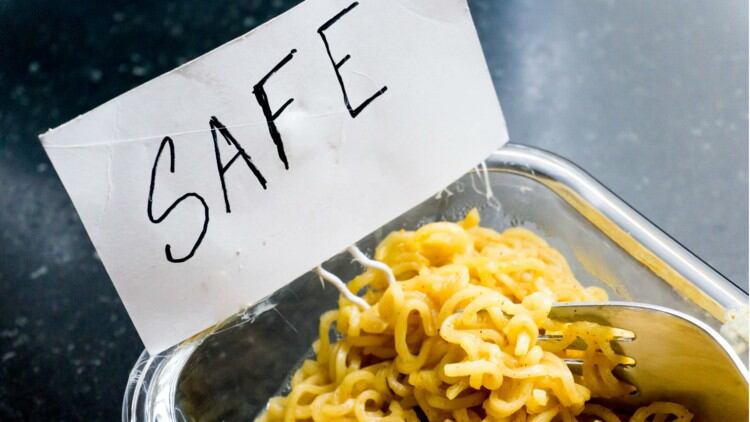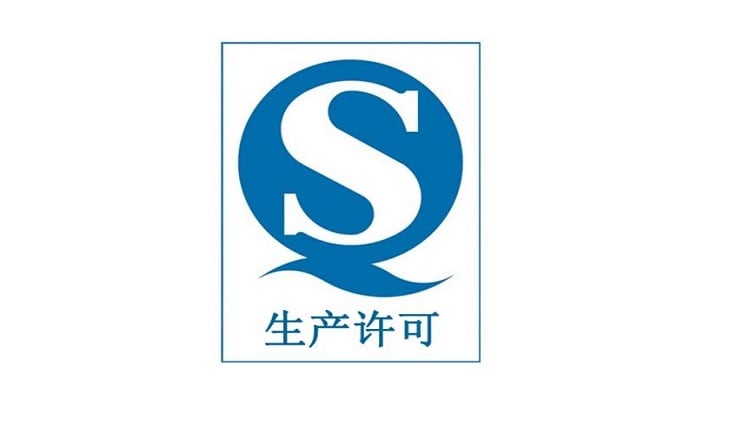Conducted together with the Export Marketing Bureau (EMB) and the Foreign Trade Service Corps, the session aimed to educate companies and exporters about food safety standards in Japan, and the relevant applicable practices.
According to DTI-EMB’s Food and Agri-Marine Division Chief Rose Marie Castillo, the country’s top exports to Japan are tuna, crustaceans, fresh fruits, fruit extracts and sugar and sweeteners.
Food Safety Network (FSN) Japan Chief Advisor Sado Komemushi touched on Japan’s food safety standards in more detail, including its HACCP Institutionalisation and Food Hygiene 7S system steps (sorting, systematic arrangement, sweeping, scrubbing, sterilisation, self-discipline and cleanliness).
Japan’s importance to Philippines as an export market
Japan ranks second in terms of Philippines food products exports, reaching US$716mn (PHP38.9mn) last year.
According to DTI, Japan has also been the Philippines’ largest trading partner since 2010.
The Philippines-Japan Economic Partnership Agreement (PJEPA), signed in 2006, is Philippines’ first bilateral free trade agreement, and its only one to date.
DTI data showed that this has led to visible increases in agricultural exports to Japan (34%), especially in banana (32%), pineapple (33%) and coconut oil (78%).
“The Japanese people are no stranger to us. We know they have a penchant for our tropical fruits,” said Nora K. Terrado, DTI undersecretary for Trade and Investments Promotion Group to BusinessMirror.
“We [aim to] widen the line of Philippine products shipped to Japan and promote the country as a premier sourcing destination,” she added.
In October last year, businessmen from both countries signed memoranda of understanding and letters on intent on joint ventures and the expansion of existing investments, reaching a total of US$6bn in investment pledges alongside President Rodrigo Duterte's official visit to Japan.
Duterte had emphasised the nation’s goal of “building a golden age for [this] strategic partnership [with Japan]”.
“It also proves that Japan continues to be one of our most active trading partners,” said presidential spokesman Harry Roque to PhilStar.
Other export markets for the Philippines
Apart from Japan, DTI is looking to the west for new food product export markets for the Philippines, due to the ‘downward trend’ for food exports in some existing food product exports.
New markets being targeted include European countries like Norway, Switzerland and Iceland.
“The reason we would like to promote our food products in those countries is because we recently ratified a free-trade agreement on a couple of commodities that are under the food and processed food products,” said Terrado at the Philippines International Food Exhibition (IFEX) 2018.
“When they enter these markets it would be zero tariff, so it is beneficial for our manufacturers to promote in these countries.”
Currently, Philippines’ largest export markets are the United States, China, Japan, Germany and South Korea.
“Coconut [exports appear to be] in the downward trend as well as other processed food. But we have gainers in the non-traditional areas like new processed food like cacao exports,” said Terrado.
“The export of our mangoes are also on the downward trend, bananas would be in the stable trend with difficulties in certain markets.”
Data from the Philippine Coconut Authority and the Department of Agriculture showed that Philippines is the second largest coconut and banana producer globally.





